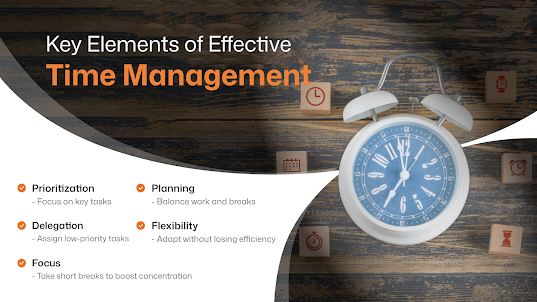At Orangescrum, we actively listen to user feedback and continuously refine our features to make project management more efficient.
This latest update brings key improvements to Team Utilization Reports and Profitability Reports, ensuring better accuracy and usability.
Team Utilization Report Enhancement
What was the Objective?
Our esteemed customers wanted a Team Utilization Report that compares Spent Hours vs. Company-Defined Working Hours instead of just comparing Spent Hours vs. Estimated Project Hours (which was already available).
We introduced this capability, enabling project managers and admins to analyze discrepancies between actual logged hours and company-defined working hours (e.g., 45 hours/week).
However, an inconsistency emerged when viewing the report across multiple projects.
Originally, company-defined working hours (e.g., 45 hours/week) were displayed separately for each project, which incorrectly implied that employees were expected to work 45 hours per week per project rather than across all projects collectively.
This misrepresentation led to inaccurate utilization calculations.







